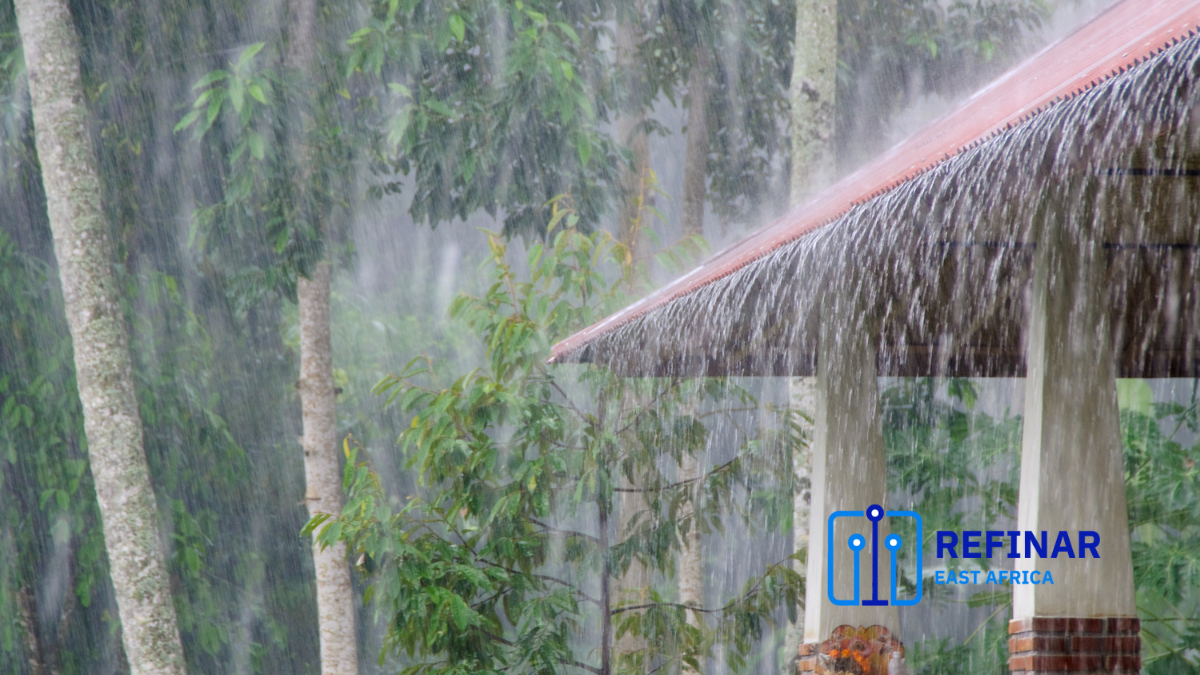Rainwater harvesting is a crucial practice that enables households in Kenya to access a clean and sustainable water source. With increasing water scarcity and unreliable municipal water supplies in many regions, understanding how to effectively harvest rainwater at home has become imperative. There are many benefits to harvesting rainwater. For one, it can help you save money on your water bill. Rainwater is also a free and renewable resource, so it’s good for the environment. Additionally, rainwater is naturally soft and free of minerals, which makes it ideal for drinking, cooking, and watering plants.
This article will delve into the various methods and techniques that can be employed to harvest rainwater in Kenya, promoting self-sufficiency and contributing to water conservation efforts.
Benefits of rainwater harvesting
There are many benefits to rainwater harvesting, including:
- Reduced water bills: Rainwater is free, so by harvesting rainwater, you can reduce your water bill, especially if you live in an area with high water rates.
- Conservation: Rainwater harvesting helps to conserve water resources, which is especially important in areas that are prone to drought.
- Improved water quality: Rainwater is typically cleaner than municipal water, as it has not been treated with chemicals.
- Reduced stormwater runoff: Rainwater harvesting can help to reduce stormwater runoff, which can pollute lakes and rivers.
How to harvest rainwater at home
Here are some tips on how to harvest rainwater at home in Kenya:
- Choose a catchment surface. The most common catchment surface for rainwater harvesting is a roof. However, you can also use other surfaces, such as patios, driveways, and even the ground. Make sure the catchment surface is clean and free of debris.
- Install a gutter system. If you’re using a roof as your catchment surface, you’ll need to install a gutter system to collect the rainwater. Gutters are available in a variety of materials, such as metal, plastic, and concrete. Choose a gutter system that is durable and can withstand the Kenyan climate.
- Direct the rainwater to a storage tank. Once the rainwater has been collected in the gutters, you need to direct it to a storage tank. Storage tanks are available in a variety of sizes and materials. Choose a tank that is large enough to store the amount of rainwater you expect to collect.
- Filter the rainwater. Before you use rainwater for drinking, cooking, or watering plants, it’s important to filter it to remove any impurities. You can use a simple filter, such as a wire mesh screen, or a more sophisticated filter, such as a carbon filter.
- Use the rainwater. Once the rainwater has been filtered, it’s ready to use! You can use it for drinking, cooking, watering plants, and even washing clothes.
How to Use Harvested Rainwater
Harvested rainwater can serve a variety of purposes, including:
- Watering Lawns and Gardens: Rainwater is excellent for watering lawns and gardens because it’s soft and free of chemicals.
- Washing Cars: You can use rainwater to wash cars without causing any harm to the paint or finish.
- Flushing Toilets: Rainwater is suitable for flushing toilets, which can lead to significant water savings.
- Drinking Water: While rainwater can be used for drinking, it must undergo filtration and treatment beforehand.
How to treat your water at home
Boiling
Boiling water is one of the simplest and most effective ways to make it safe for consumption. Bring the water to a rolling boil for at least one minute (or three minutes at higher altitudes). Allow it to cool before drinking.
Filtration
Filtration systems can remove particles, sediment, and some microorganisms from water. There are various types of filters available, including activated carbon filters, ceramic filters, and reverse osmosis systems. Choose a filter that suits your specific needs.
Chlorination
Chlorine is a common disinfectant used to kill bacteria and other pathogens. You can use household bleach that contains 5-6% sodium hypochlorite. Add 8 drops of bleach per gallon of water, mix well, and let it stand for 30 minutes before using.
UV water purifiers
UV water purifiers use ultraviolet light to kill microorganisms like bacteria and viruses. Water is passed through a UV chamber, where the light destroys the DNA of the pathogens. This method is effective but requires a power source.
Distillation
Distillation involves boiling water and then condensing the steam back into liquid form. This process removes most contaminants, including minerals, heavy metals, and microorganisms.
Iodine Treatment
Iodine can be used to disinfect water, but it’s important to follow the manufacturer’s instructions. Usually, a few drops of 2% tincture of iodine per quart of water are sufficient. Allow it to stand for at least 30 minutes.
Activated Carbon
Activated carbon can be used to remove organic chemicals, chlorine, and some types of bacteria from water. It’s commonly found in water filter cartridges.
Reverse osmosis (RO)
This is a type of filtration that can remove a wide range of contaminants from water, including bacteria, viruses, heavy metals, and chemicals. RO systems are typically more expensive than other types of water filters, but they can provide a high level of water purification.
if you are in search of top-notch water treatment machines and comprehensive solutions, look no further than Refinar East Africa. we are at the forefront of providing solutions in water treatment equipment, borehole drilling, solar installation, water tower construction, and swimming pool construction.
To learn more about how Refinar East Africa can meet your specific needs, don’t hesitate to get in touch with us. You can reach us at 0707075702 or drop us an email at info@refinareastafrica.com. We’re here to partner with you in ensuring access to clean and sustainable water solutions.


